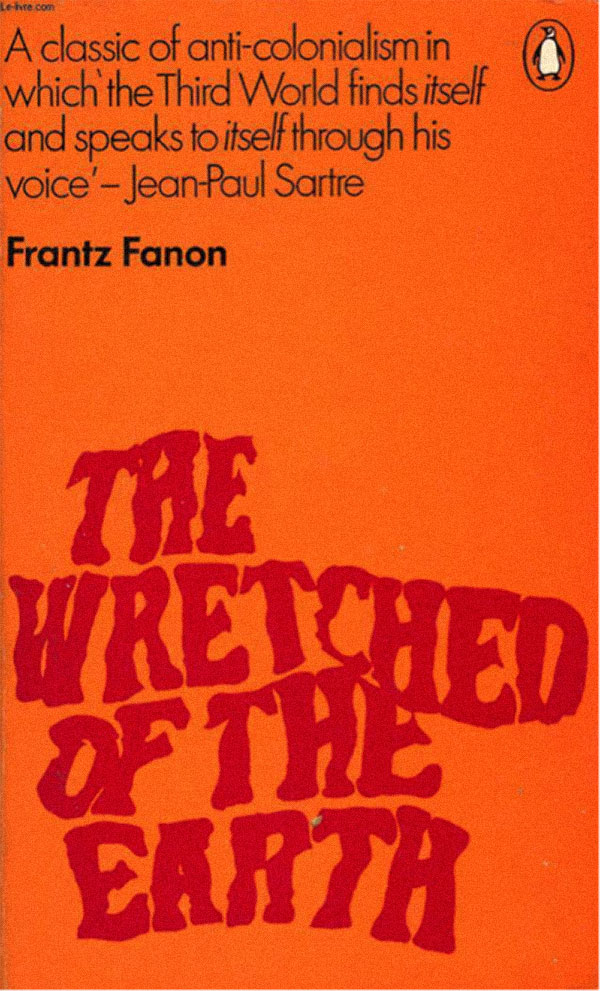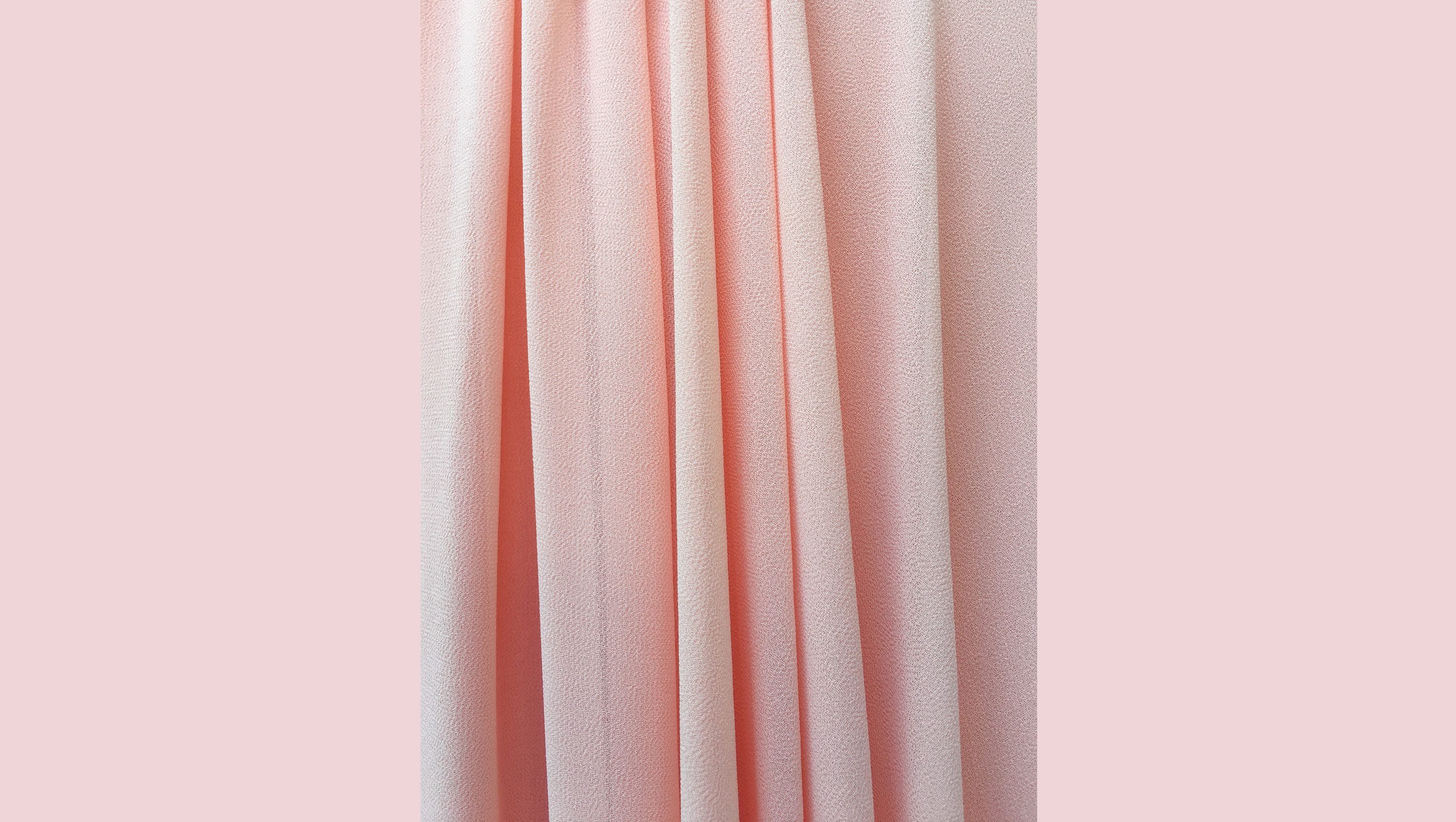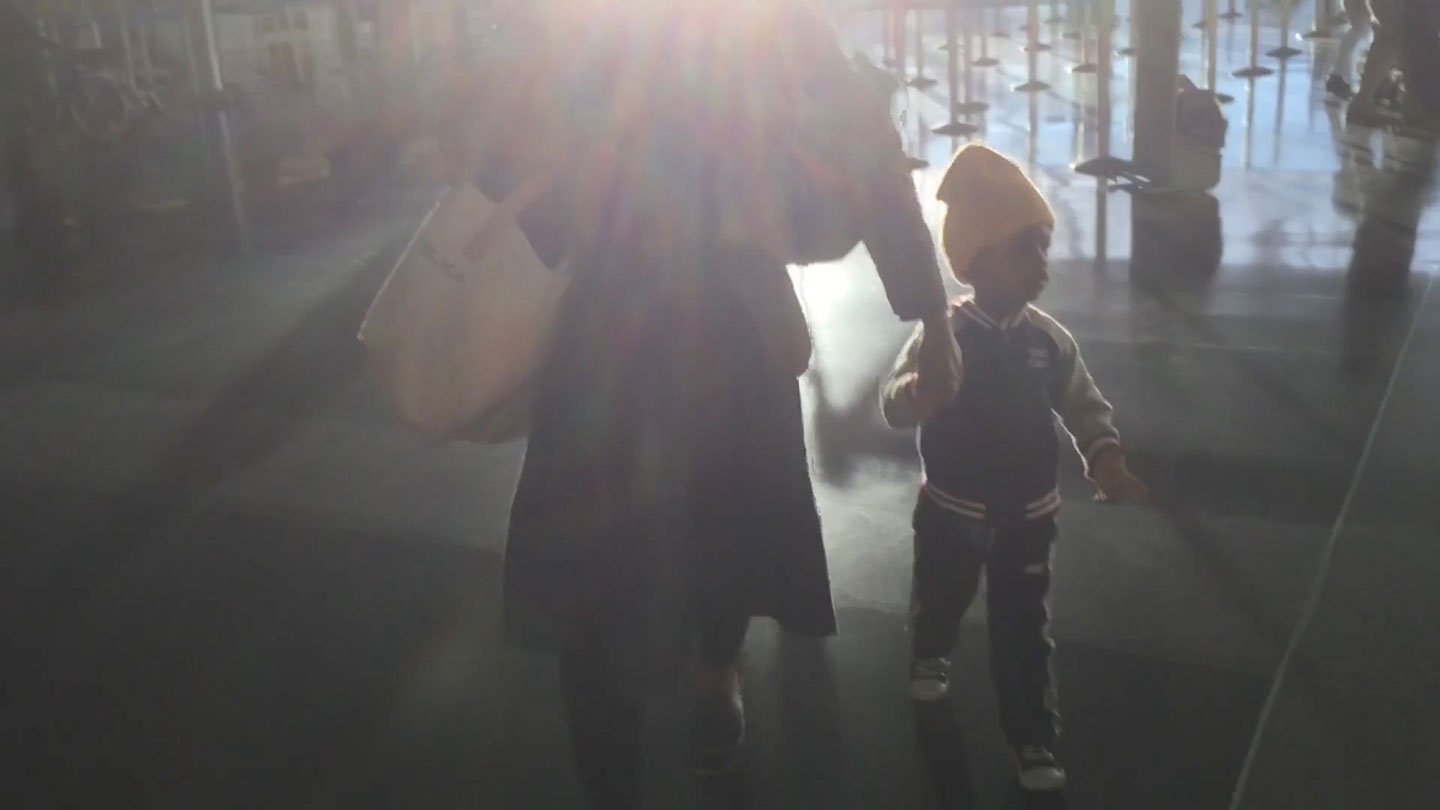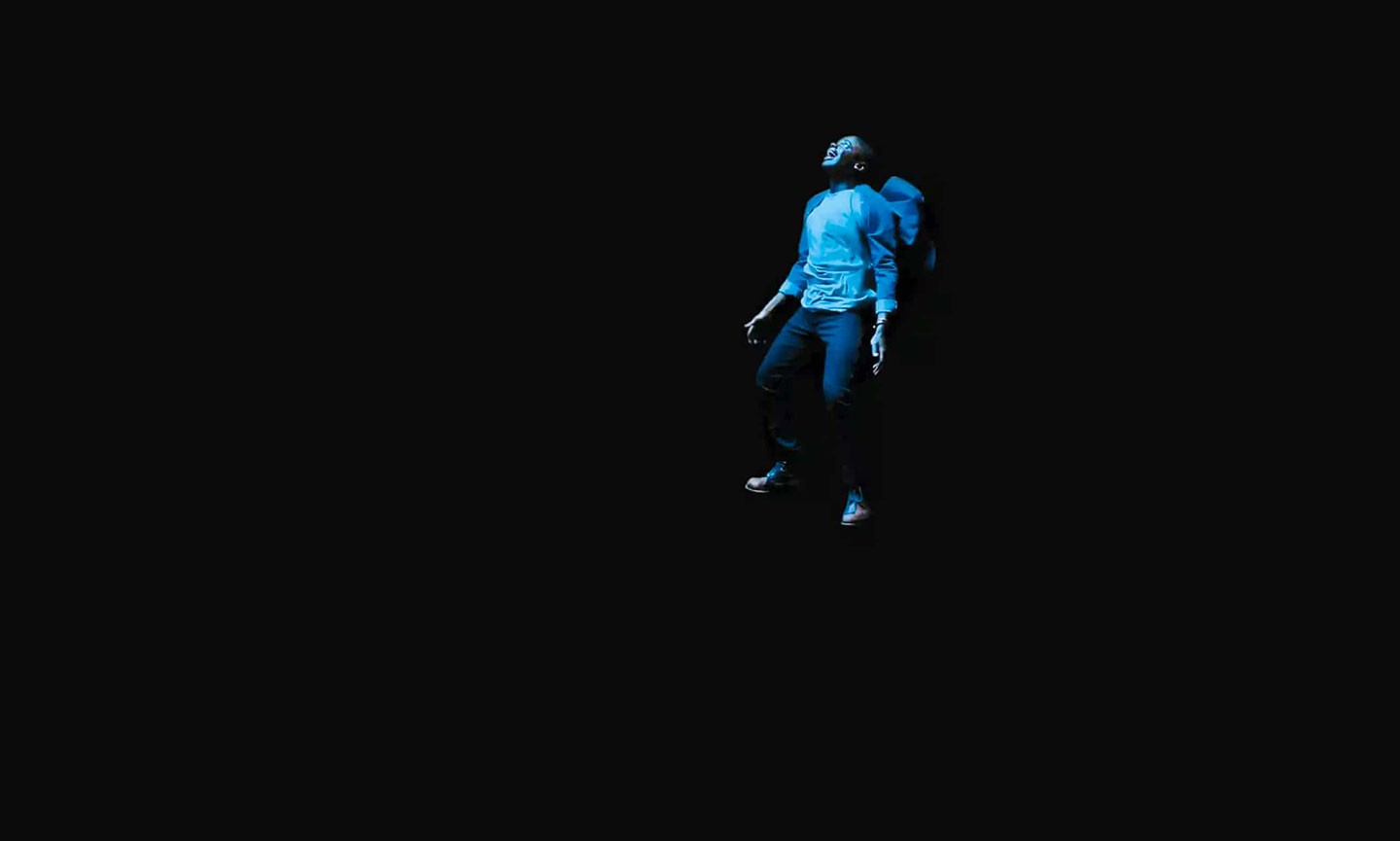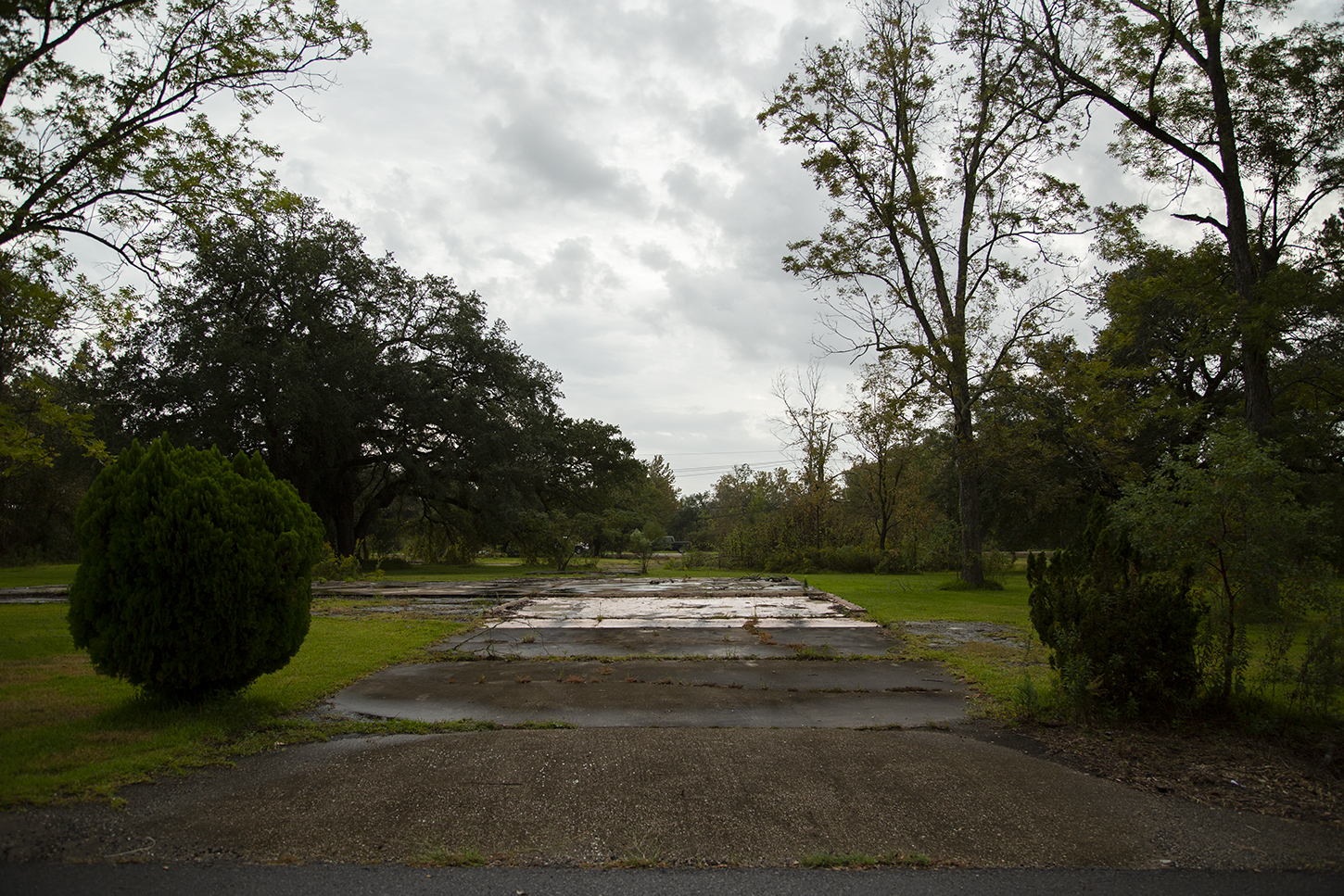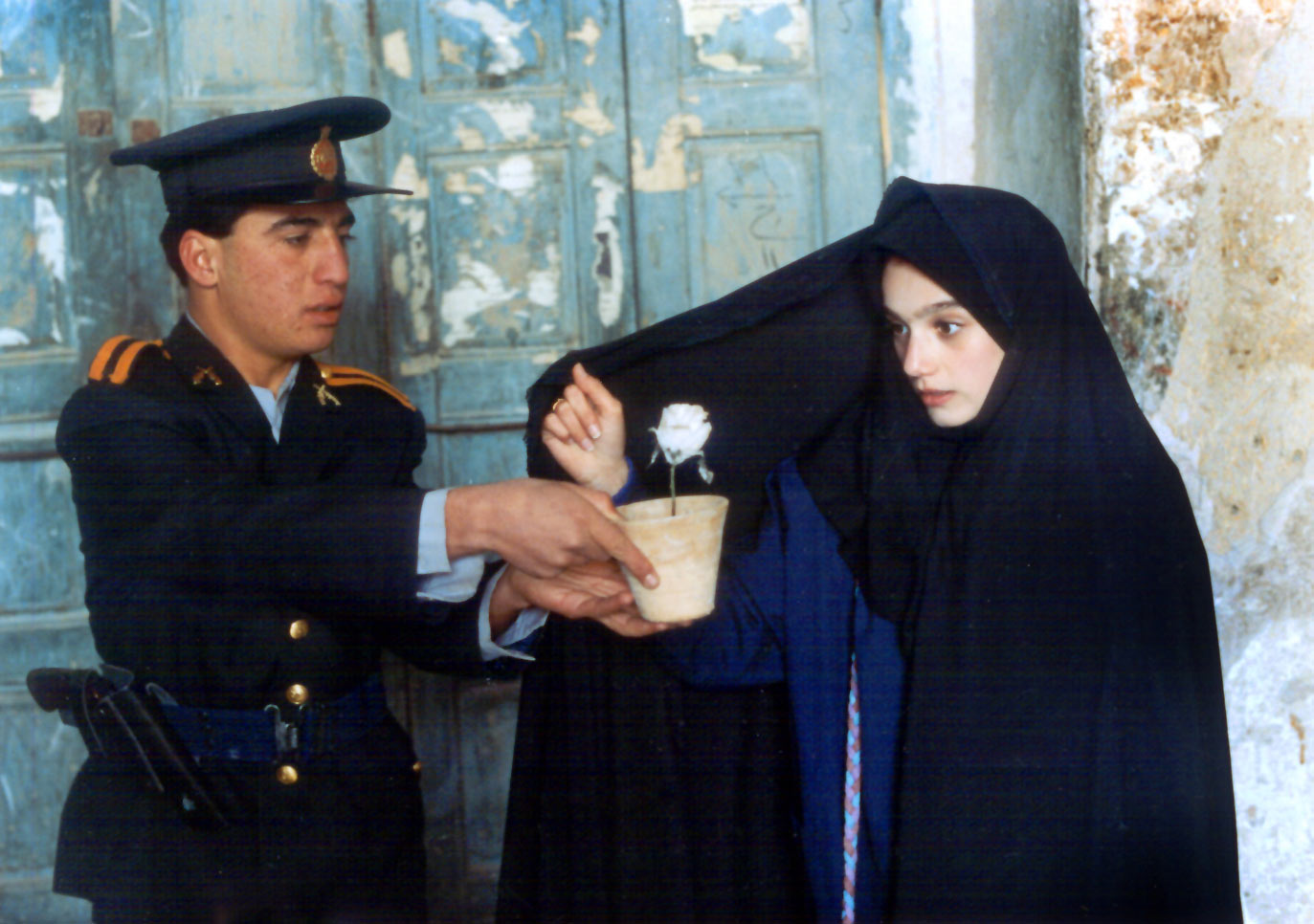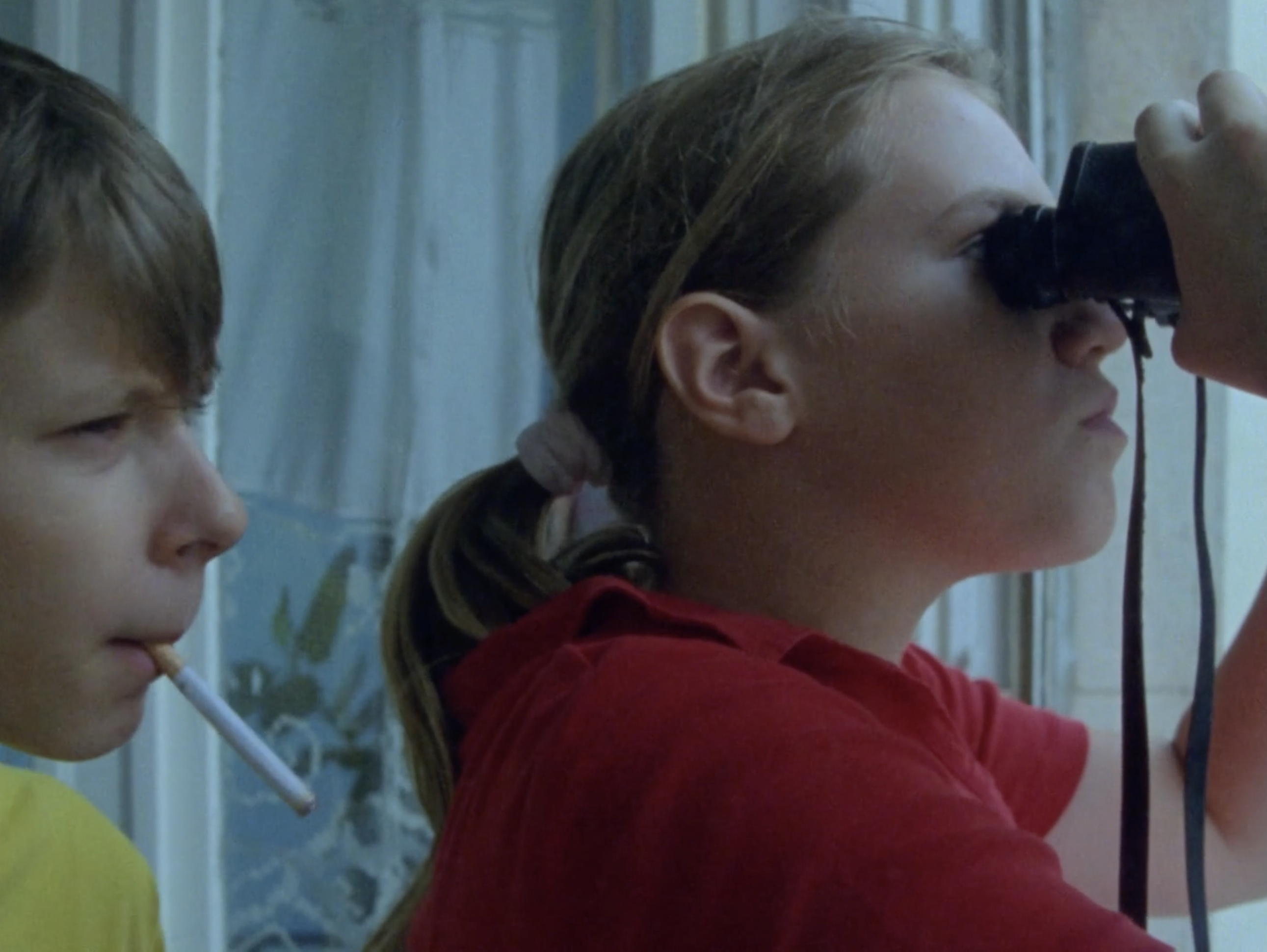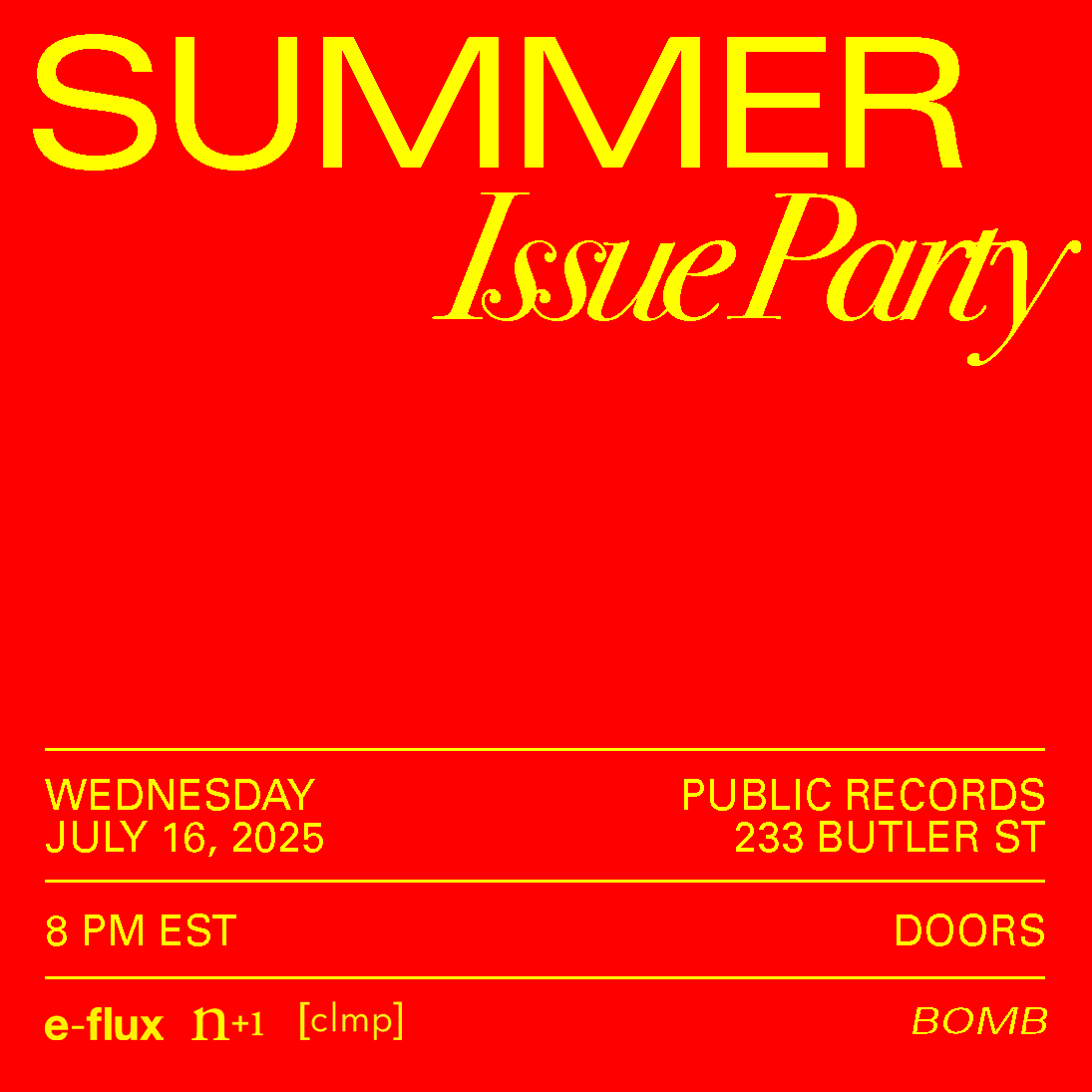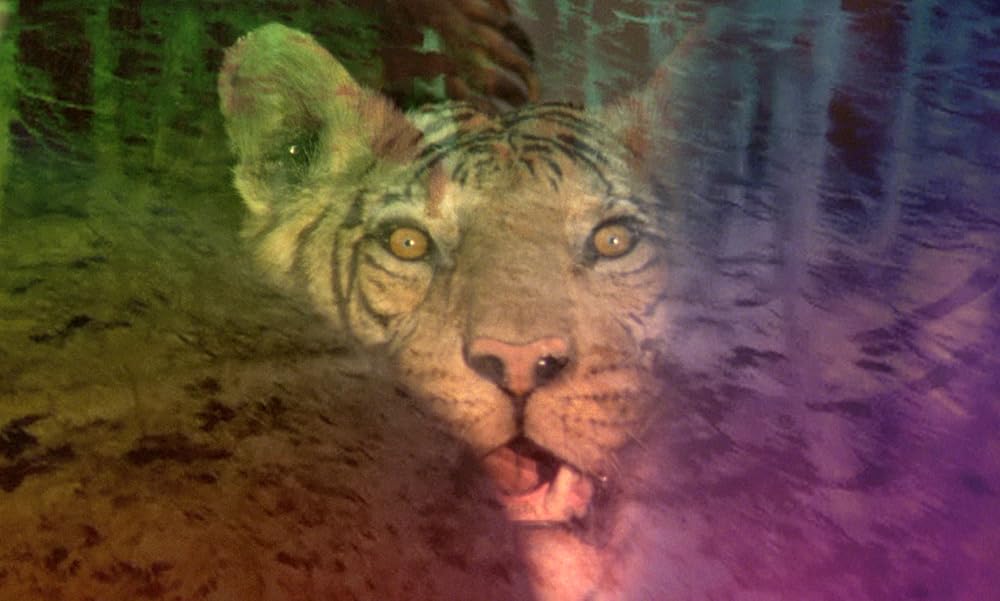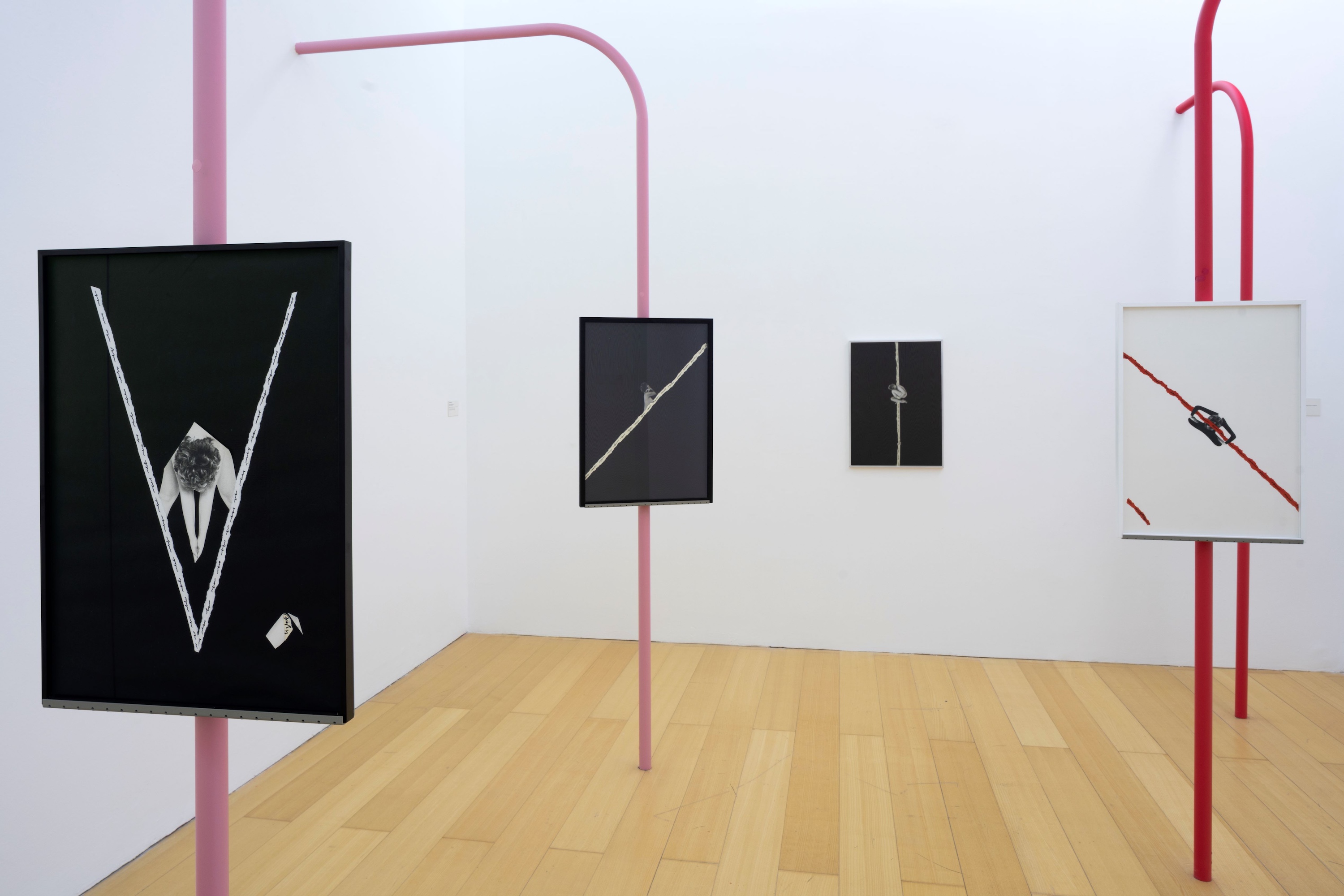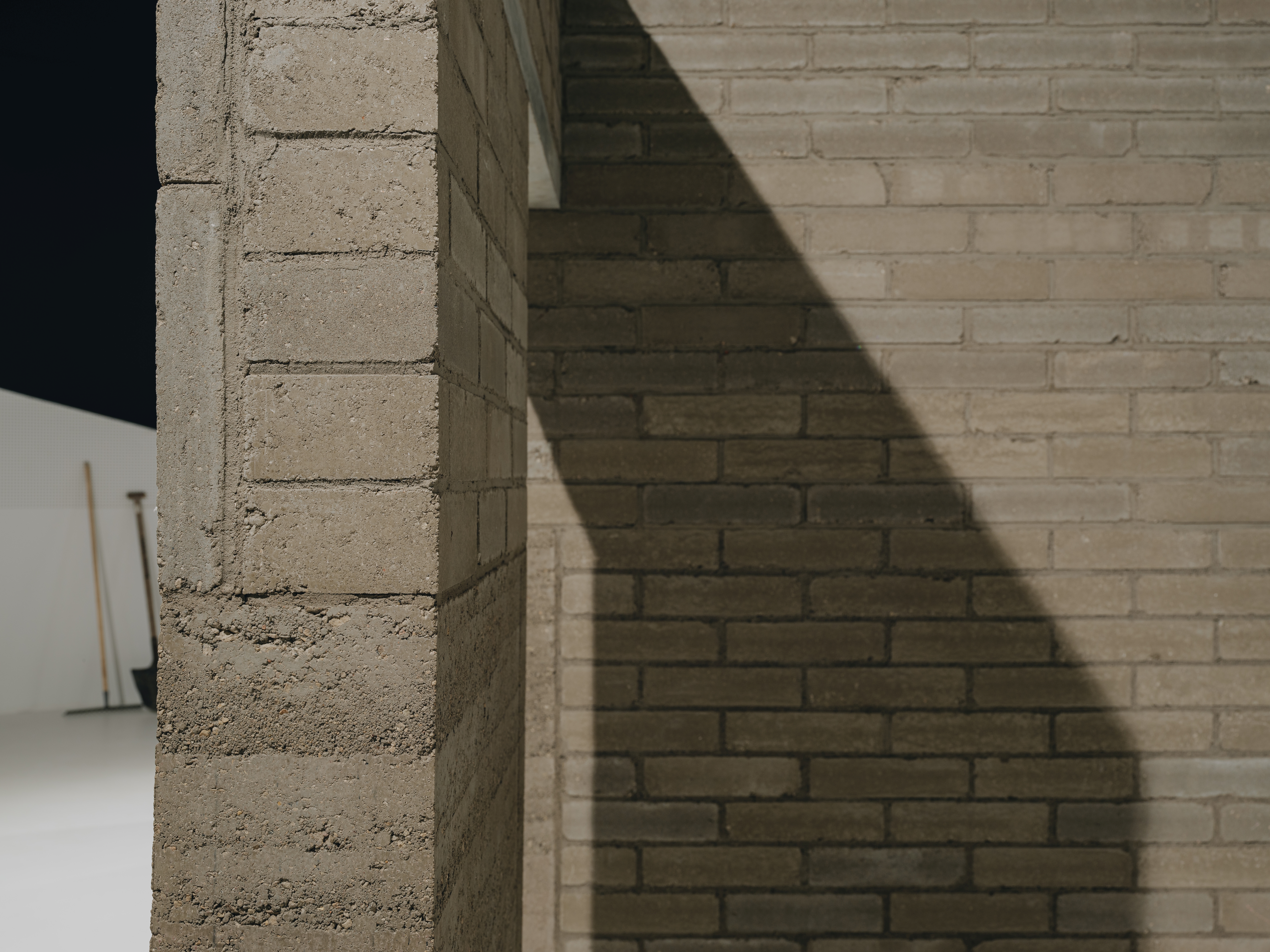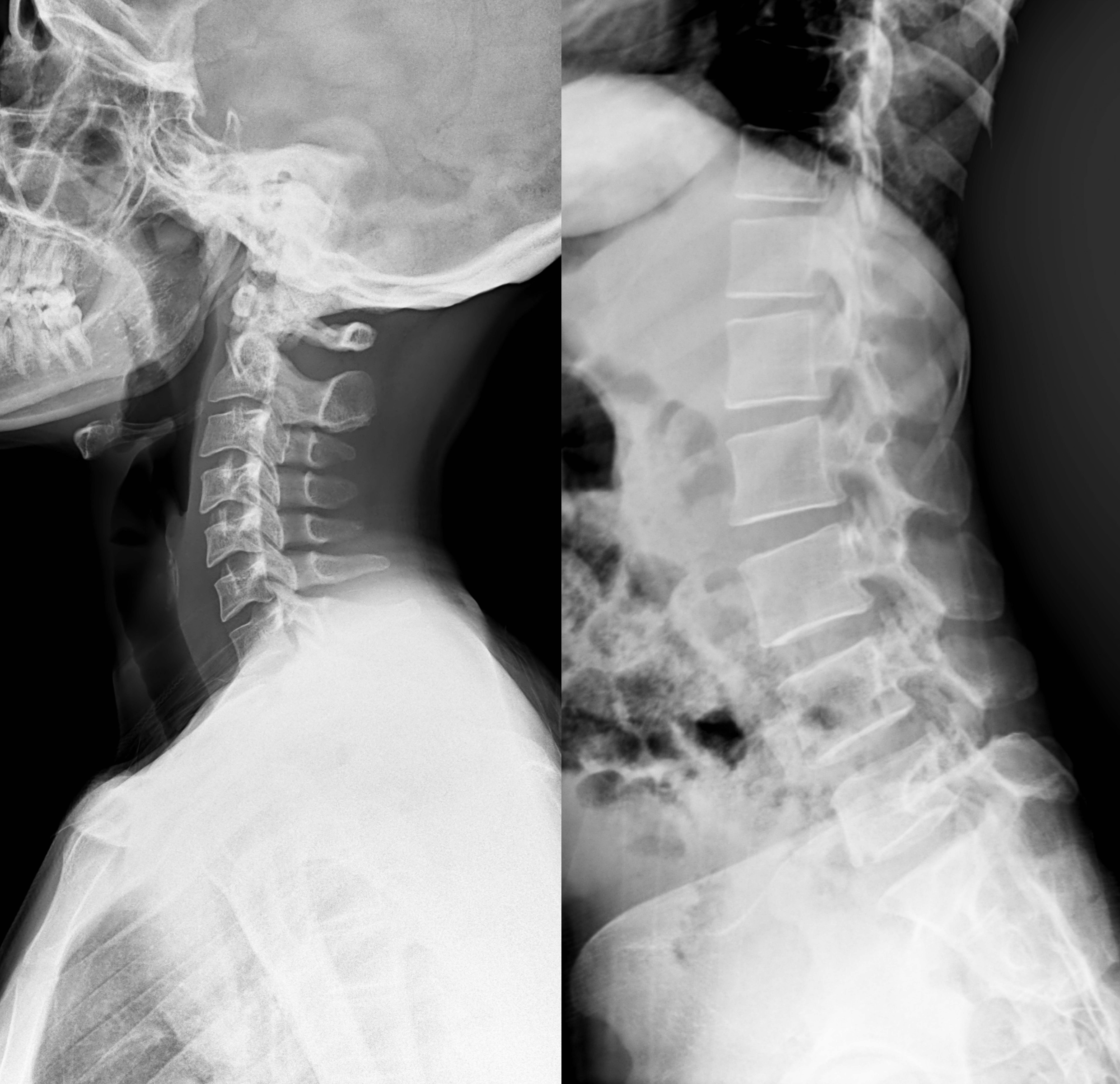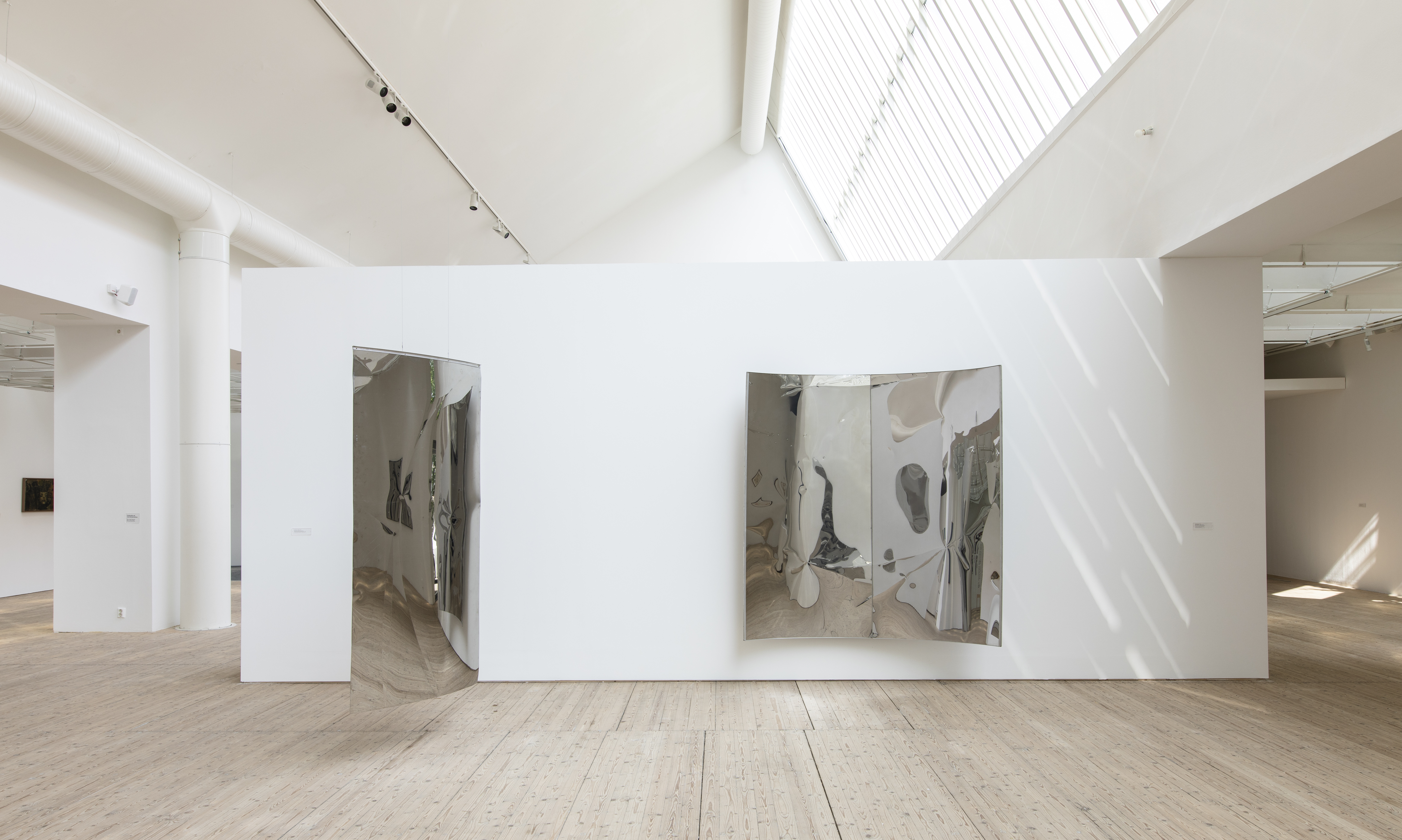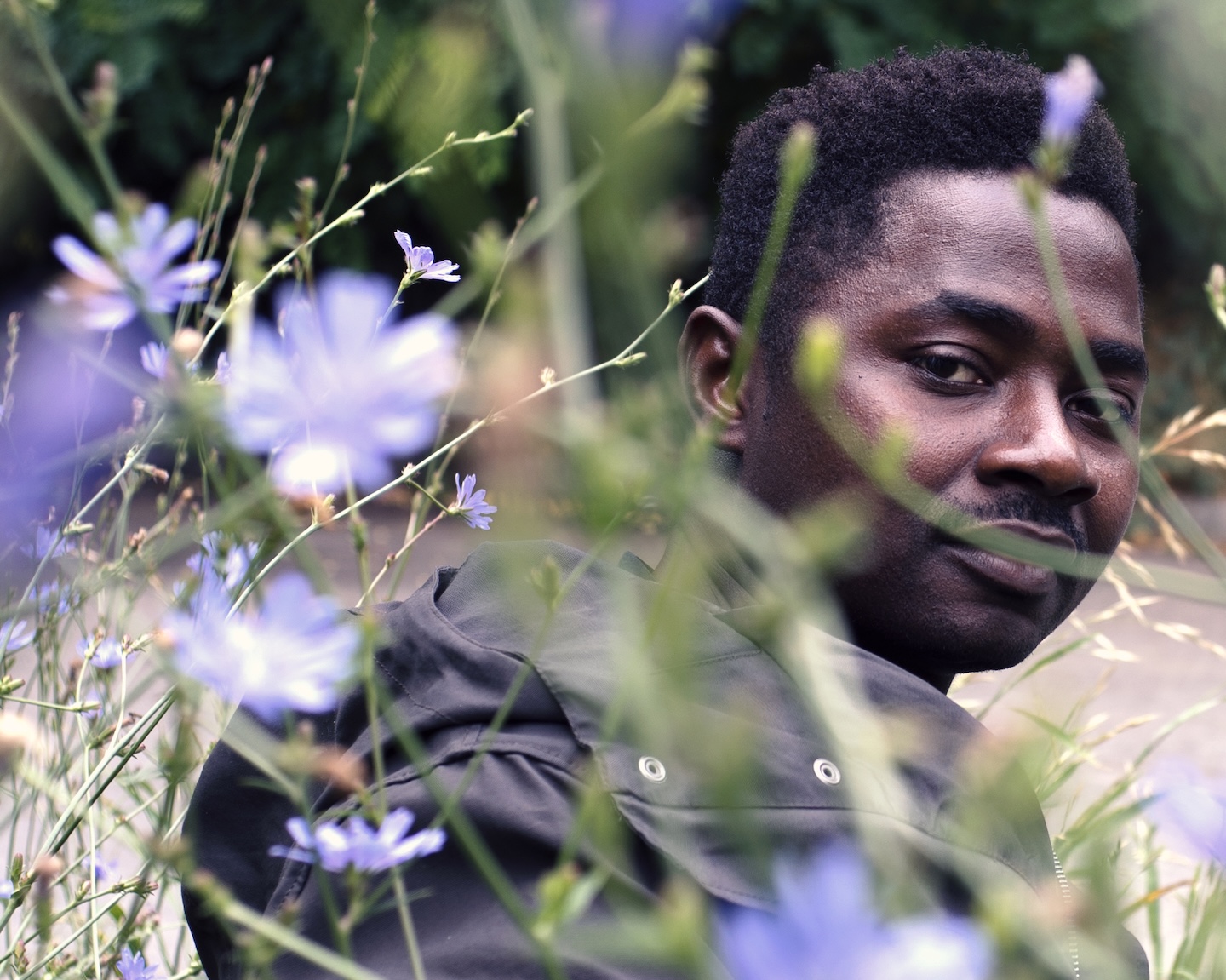Let’s leave aside the easy target of white supremacists and the pretendians. Instead, let’s ask why, even for someone like me—who can write her ancestral relation to a place stretching back to the eleventh century rich with the fourth voice, the tragedies of dispossession and inheritance as the survivance of absence—we should not abstract the survivance and heritability of my pre-European, pre-national “nativity” into a historically undifferentiated Indigeneity. What forms of affiliation might emerge from a shared experience of survivance that locates its inheritance in the present, in a world structured to care for the existence of some and not others?
Grief
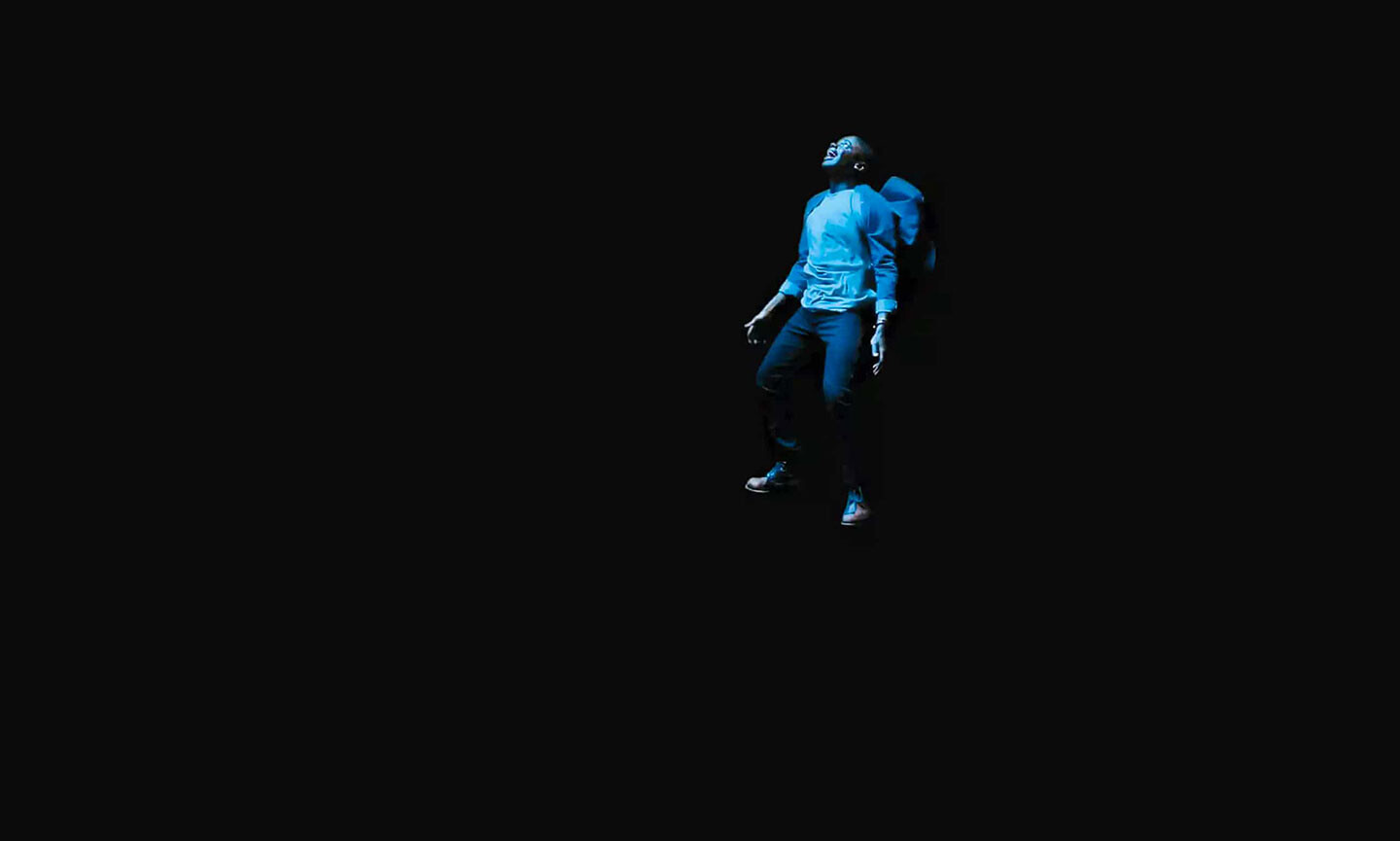
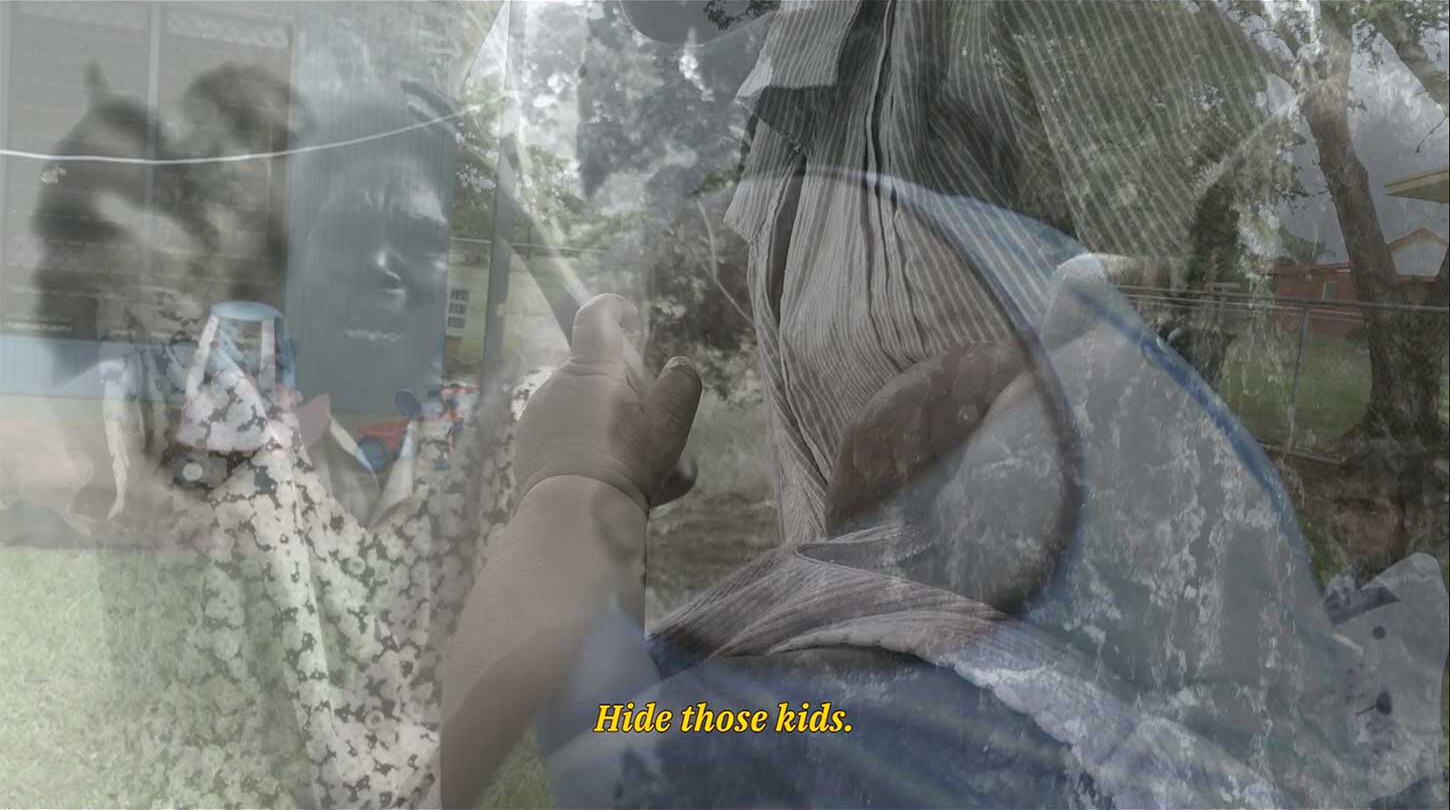
The pandemic has brought monumental loss, that in turn is both exceptional and routine, a further disorienting experience for grief-avoidant societies. How do you manage what some have decided no longer exists, that only haunts, even when it is not yet dead? How might we become better stewards of each other and the earth, when only one of us is dependent on the other for survival?
How might we live with an ongoing mix of grief, guilt, and gratitude? What does survival look like between collapse and what is to come? And what will we do with what remains?
Unlike Isaac Julien’s 1995 documentary feature film Frantz Fanon: Black Skin, White Mask, which depicted Fanon as a psychiatrist, Olsson’s film remains didactic in its approach to Fanon’s text. However, the film reflects another pragmatic philosophy. When we see women fighters in Mozambique at a typing and copying station they have set up for printing and publishing at a forest camp, it becomes evident that for Olsson, knowledge production is key. One of the characters in this scene conveys to the camera something that had previously been unspoken—that a strategy of colonialism was to disempower the native by denying them education. But, if the right to education is a right to freedom, this line of thinking would diverge from Fanon’s thesis on the freedom and liberation of oppressed Algerians: “What is the true nature of violence? We have seen that it is the true intuition of the colonized masses that their liberation must, and can only, be achieved by force.”
Wars have evolved to many more frames per second in the years since the war on Iraq began (and have indeed accelerated because of that war), and we continue to participate in them no matter how undecided, baffled, or distant we are towards them—and no matter who “we” are (just yet). We participate in war because we consume its cruel images, and often at a mediated distance. The Lebanese writer and translator Lina Mounzer profoundly wrote in 2015: “I have buried seven husbands, three fiancés, fifteen sons, and a two-week-old daughter ... I have watched my city, Maarrat al-Numan, burn, I have watched my city, Raqqa, burn, I have fled Aleppo ... All this I have watched from my living room in Beirut.”
Even though Love is the Message offers an amazing account of generative ambivalence and creative survival, even while it also gives rise to encompassing hopefulness in collective moments of love, solidarity, ethical conviction, and collective justice-seeking, it simultaneously obliterates any consideration of extending or sustaining its world of horror, one of beyond-grotesque inequality, impoverishment, and violence that renders Black life and lives matterless by the state and its human apparatuses. Unlike The Breakthrough Institute, which proffers art and leisure as rewards, Jafa’s sci-fi reaches the realm of cosmopolitical magnitude without losing sight of vernacular instances of in/justice, of situated expressions that are future-oriented but historically informed, and which are dedicated to the reinvention of everyday life, art, culture, politics, mourning.
let us investigate the notion of art after the end of the world, and the two figures this proposition conjures up: the figure of the post-, something after the event; and the figure of the main event itself, the end of the world, or if you will, the apocalypse. If there is to be something like art after the apocalypse, this would mean that something is still present, in whatever form, or that something is still being presented and produced, and possibly made public, whether as a form of signification or de-signification. That something (i.e., art) has a meaning or being after the end of the world, whether symbolically or in actuality. Let us first investigate the latter: that the world has in fact ended, but there is still art, still cultural production. By whom is it produced if the world has ended? What could it possibly mean, moreover, to produce art and culture after the end of the world, and thus, presumably, after the end of both the natural and the cultural world, of both bios and zoë, as it were? Would there still be life, or even afterlife, at all? What would it mean to be alive after the end, either as survival or beyond death? Would such a subject still be human, or perhaps rather inhuman or even post-human? In any case, the suggestion of an art after the end of the world implies that there is someone around after the end, whether as producer or receiver: that there is transmission of some sort or another, intentional or unintentional.
The trans-image is a hard thing to free from this infertile matrix. We trans-es shape ourselves by selecting from presets made in different—and conflicting—discourses, to make the real of the phantasm over into a body-image for the phantasm of the real. This real of nocturnal transmissions is a hard one to live out in the fantastic day that imagines it is all that exists, in which we’re wandering spirits with no country, and always trailing into daylight the attention the cis gaze would rather lavish while itself out of sight.
By keeping track of something that is no longer there, or that never was, maps constitute a contemplative experience of death. In visualizing migrant fatalities as a numerical hemorrhage, they also develop a distinct aesthetic of necropolitics. Such maps, in fact, make viewers understand that immobility and death produce their own movement and geography, since time takes its material toll by corroding and eroding the texture from which maps of death are made, transforming them into mutable and perishable organisms. Visually, immobility affects the architecture of the map as well, in the sense that the viral lines of the maps appearing in the news, usually depicting the alleged invasion of foreign people, now transform into points—death points as opposed to fluxes of life. This corroded, numerical, and dotted choreography uncovers an inhuman, unjust, but nonetheless real geography of necropower that would otherwise remain buried under the seabed.
Art critics fetishize the purity of form. When art critics emphasize pure form, do they realize pure form is the consequence of perfect black death? Perhaps we need a thorough renovation of the aesthetic. Where can we locate black aesthetic praxis in the violent reduction of both pure matter and pure form? After Dionne Brand, what would it mean to call for the death of an aesthetic of imperialism?
You or I, in other words, singly or as a collective, might at some point or another be called to doula the inaugural emergence, or terminal shutdown, of someone’s body. You never know when an extra hand might be required on the occasion of someone’s expulsion of a fetus (dead or living) from their uterus. You never know when your simple watchful presence might be called for because someone is dying and because, without you there, they would be utterly alone. As Madeline Lane-McKinley says, “if we must mother our friends, let us all be mothered.”
As plastic has become so central to communications and infrastructure, plastic operates as a logistical medium—that is, a medium that sets the “terms in which everyone must operate.” Plastic determines so many of our relations, including the goods we can access, the distribution of food, access to water, medical supplies, and an infinite variety of other things that arrange and regulate the movements of people and the qualities of our lives. It is a leverage point of power, distributing and amplifying other systems of inequality.

